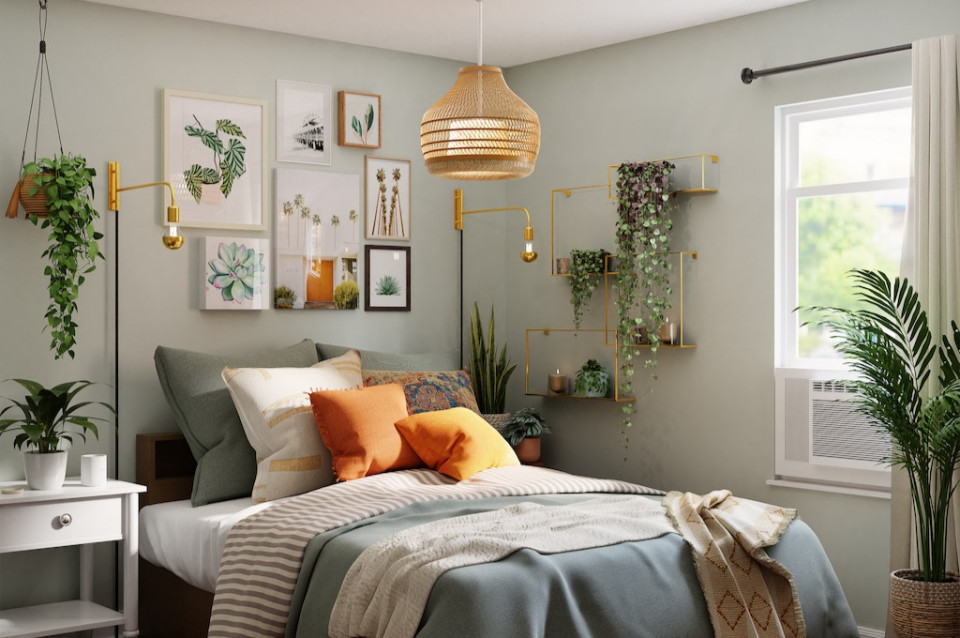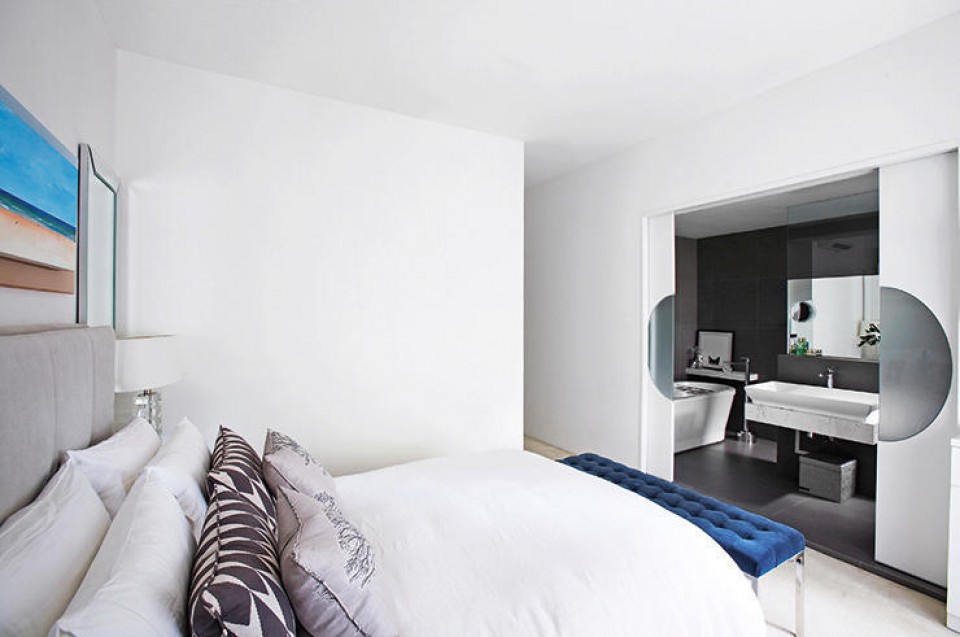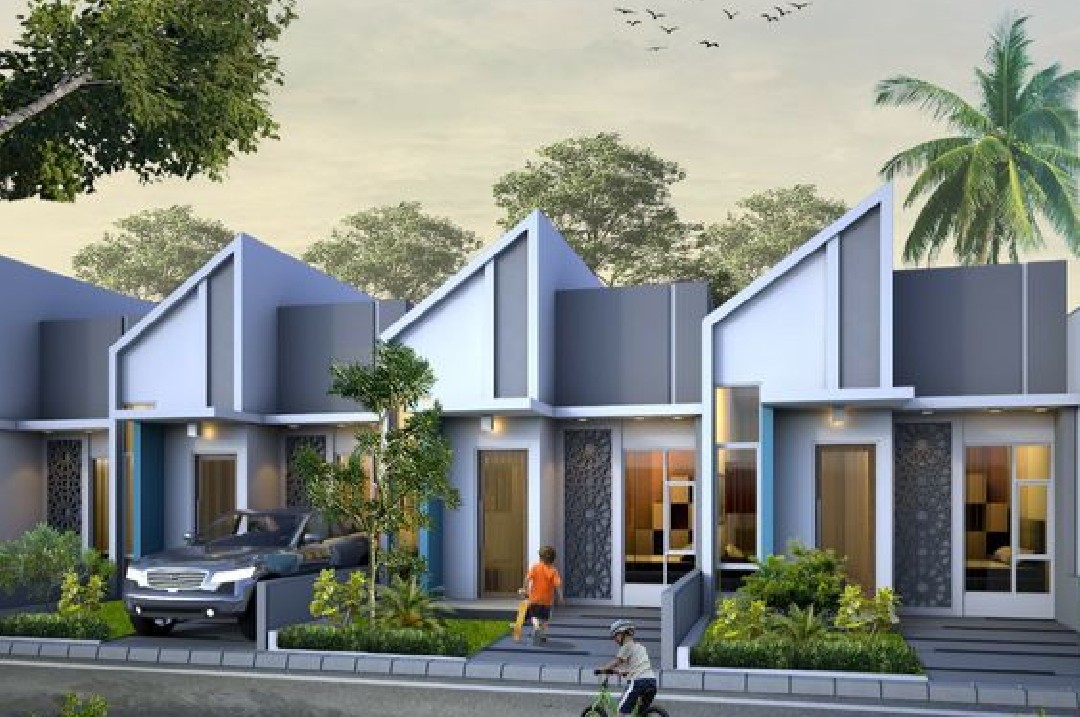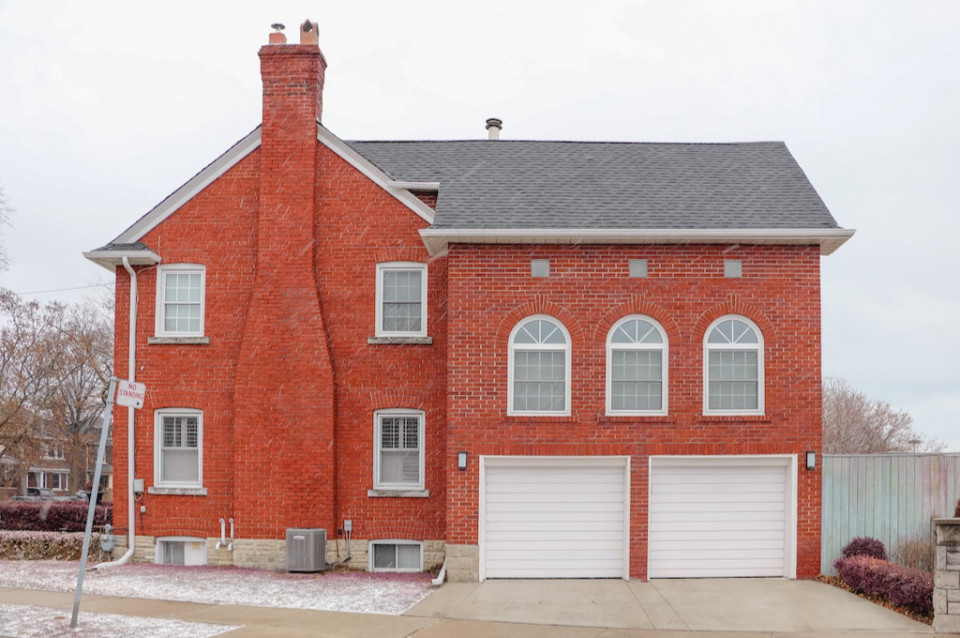Showcase Your Work: An Interior Design Website Checklist
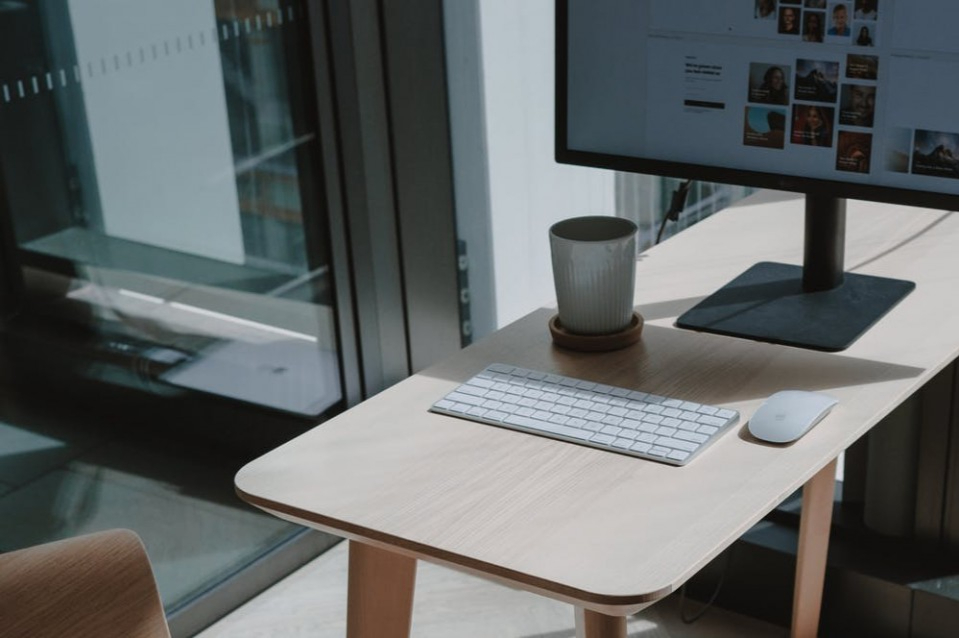
Interior designers need a website to showcase and market their work. It allows potential clients to see their portfolios and feel for their style. Nowadays, word-of-mouth is not enough to reach a wider audience; you need an online presence.
Many web design platforms allow you to create a website yourself, or you can hire someone to do it for you. Instead of having a website that feels generic, the best option is to hire a web designer because they will know how to create a compelling and beautiful site that showcases your skill.
But if you decide to go with the DIY route, here are some tips for creating your website.
Your website's design should be consistent with your branding.
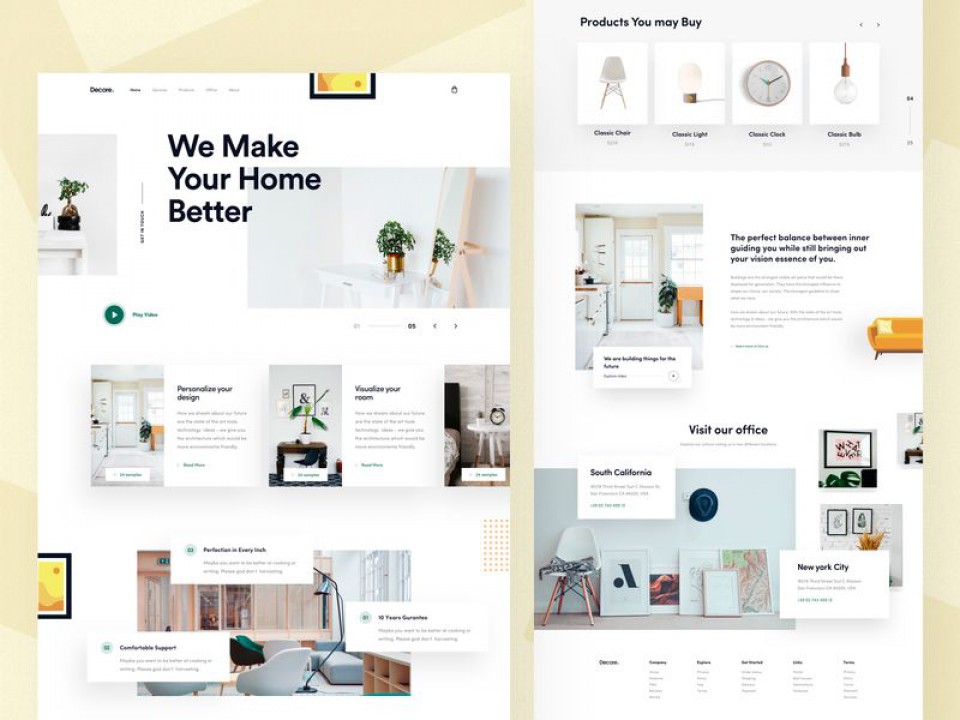
source : id.pinterest.com
Your interior design website is a reflection of your business. It should reflect what you do and how you do it. The design should be consistent with your branding materials' color palette, fonts, and image styles.
The colors and font styles used on your site are essential for creating brand consistency and recognition for visitors to remember when they need interior design services again. The visitor's trustworthiness needs to come through in every aspect of their experience on the page.
Visitors must have confidence in what they see when coming across your brand or company. And this begins with having a well-designed website that is consistent with your branding. Having a professional website design will also show potential clients that you're serious about your business!
Make sure all of your contact information is easy to find.

source : gorilla360.com.au
Make sure all of your contact information is easy to find. It must include your name, company address, phone number, and email address. Having all of this information readily available will help you build relationships with your customers and clients. It will also help you maintain those relationships over time.
Make sure that your contact information is up-to-date and accurate so that people can always reach out to you quickly. You should also make sure that your website is easy to find. An SEO agency like gorilla 360 can help your site rank high on the search engine results page. Make sure to visit gorilla 360 today.
Include a portfolio or blog section to show off your work.
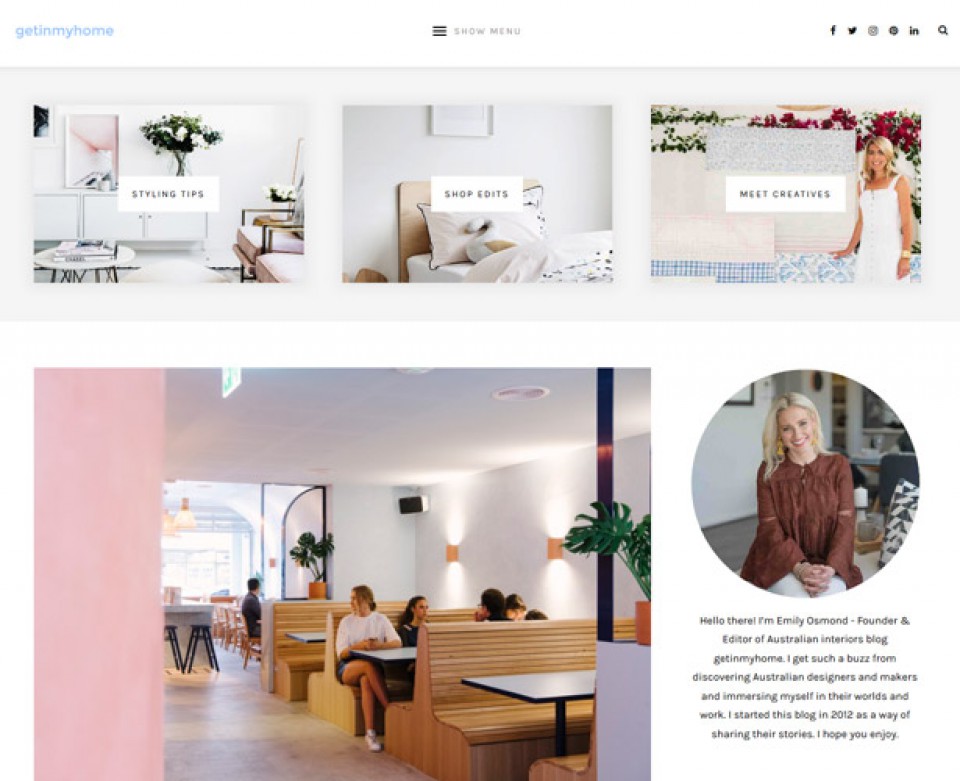
source : en.99designs.pt
Including a portfolio or blog section on your website will allow potential clients to see examples of your past work. It will let clients determine if the designer's style is a good fit for their project. Additionally, a portfolio or blog section can help interior designers build their online presence and attract new clients.
When designing your portfolio or blog section, make sure to include high-quality images of your past projects. Be sure to name the project and outline what materials were used in the design (e.g., paint colors, furniture, flooring). You should also include a bit about yourself and why you love being an interior designer. Doing this gives your website a more personal feel.
Make sure the text is easy to read and the layout is user-friendly.
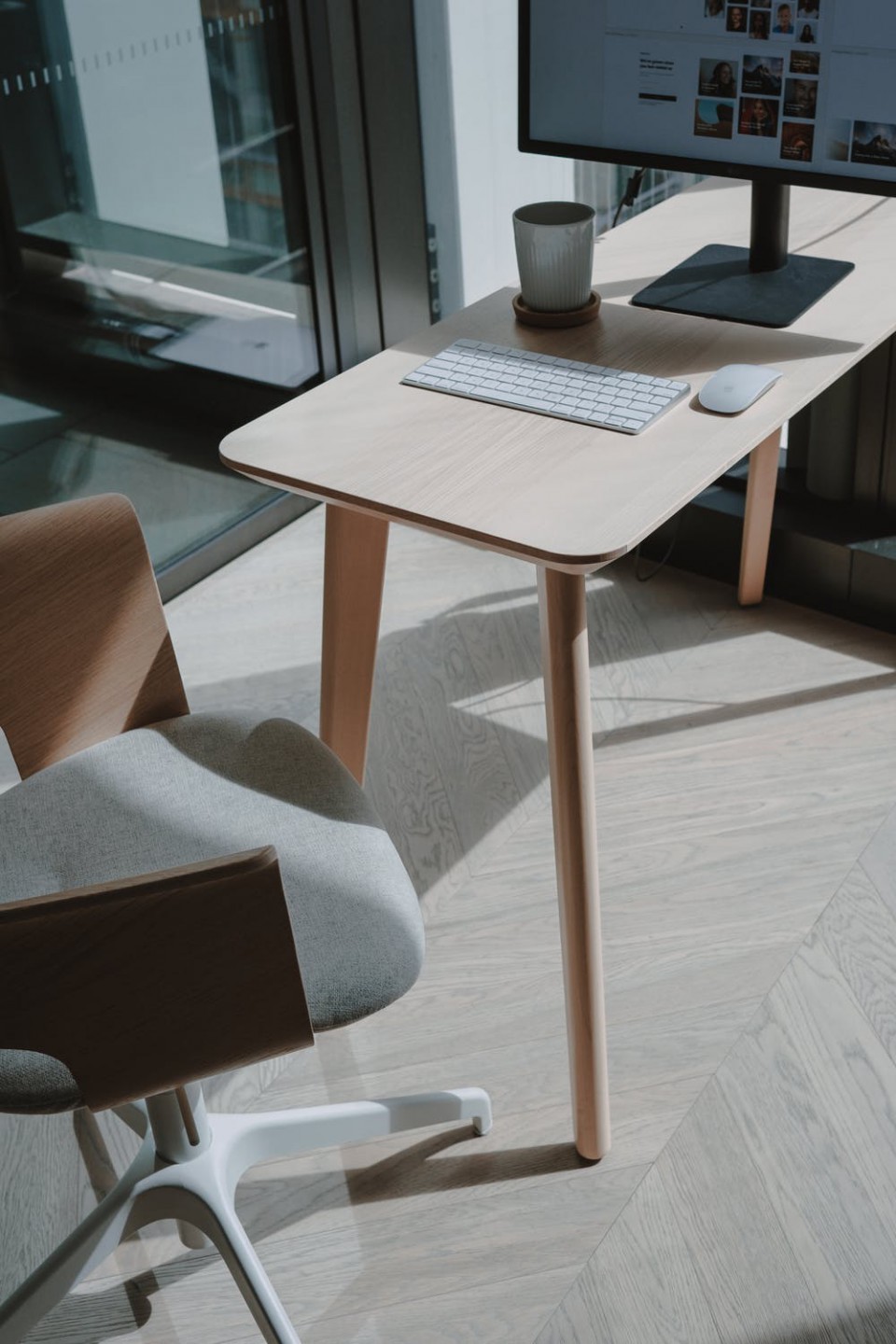
source : pexels.com
You want your readers to read and understand what you have written easily, and a good layout will help with that. The easiest way to achieve this is by writing paragraphs that are one or two sentences long. If your paragraph becomes too long, you can always break it into smaller ones.
Another way to make your text easier to read is by using a casual tone of voice. You don't want your readers to feel like they're reading a school textbook, so try to be informative but also fun and engaging.
Include high-quality images of your work.
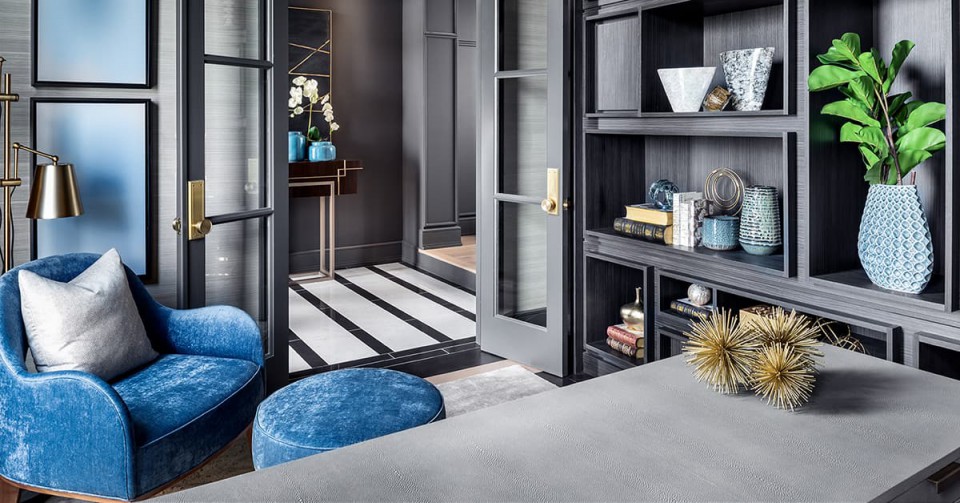
source : janelockhart.com
There's no doubt that including high-quality images of your work on your website is a great way to show off your skills and attract potential clients. However, it's vital to ensure that the images you use are of the highest quality possible to give your website the best possible visual appearance.
One way to do this is by using high-resolution images. These images have a resolution of at least 300 pixels per inch (PPI), which ensures that they will look sharp and clear on screens of any size.
Suppose you're not sure whether your images meet this standard. In that case, several online tools can help you determine their resolution, such as the Pixelometer from Google or the Image Size Calculator from Adobe.
When choosing images for your website, the file format is another thing to keep in mind. The most common formats are JPEG (.jpg), PNG (.png), and GIF (.gif), but each has its own strengths and weaknesses. For example, JPEGs are generally smaller files than PNGs, making them better suited for websites with many images or pages long to load.
If you're planning on using your website for commercial purposes, it's recommended that you use JPEGs instead of GIFs because they offer better compression and higher quality images overall.
Takeaway
When creating or updating an interior design website, it's crucial to ensure that all the necessary bases are covered. Doing so will ensure that the website meets your needs and provides all the necessary information to potential customers.

